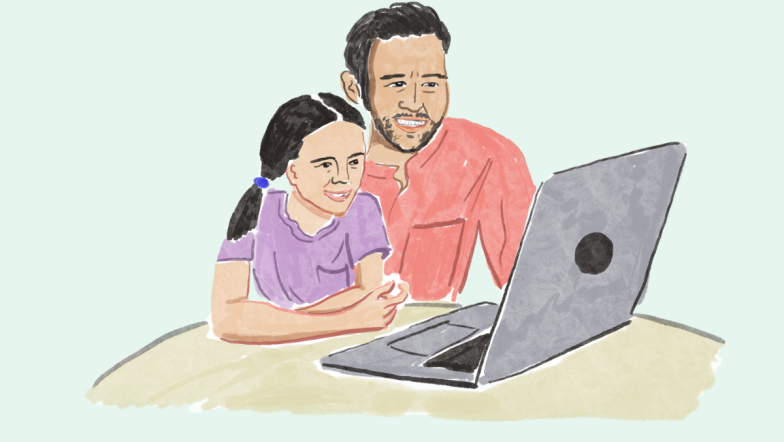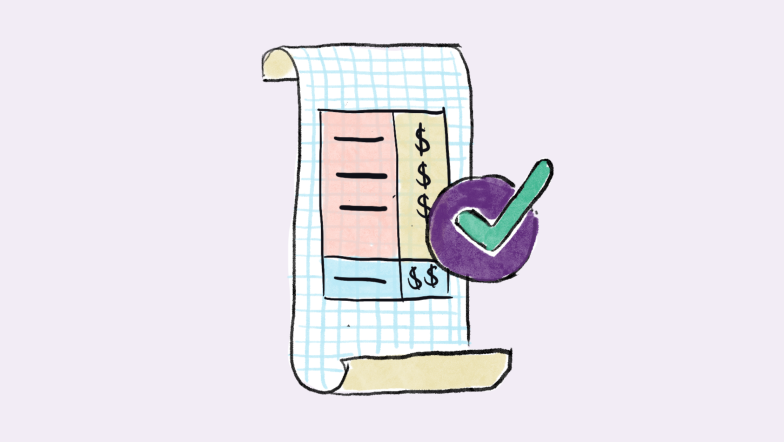10 things Melbourne could do to end the homelessness crisis
25 Jul 2018
In January 2017, the City of Melbourne proposed a series of harsh new laws that would effectively criminalise homelessness. We worked with 54 leading homelessness, housing, legal and faith groups to present the Melbourne City Council with an alternative. We all want an end to the homelessness crisis, but harsh, ineffective laws are not the answer.
Following the proposal, over 2,500 individuals and organisations gave feedback to the City of Melbourne. An overwhelming 84% opposed the proposed laws. By working together, we were able to stop these cruel changes in their tracks. But we believe we can go one further. Here are 10 things we can do that will actually help people facing homelessness in Melbourne.
1. Provide more lockers and storage for rough sleepers
Adequate lockers and storage would reduce belongings being kept on the streets. More importantly, it would also prevent people’s documents and possessions being destroyed, damaged or lost.
2. Create clear guidance about belongings
While it’s not perfect, Sydney’s ‘two bags and a swag’ guidance provides clarity around how many belongings someone can have on the street. By providing similar guidance in Melbourne, the Council could help strike a balance between the needs of homeless people and the need for streets to be accessible.
3. Offer more safe spaces at night
We can expand programs offering safe alternatives to sleeping rough. We can also further integrate our existing programs with support services that help people find permanent ways out of homelessness.
4. Work with partners to provide daily support teams
Already, the Council has a team of specialist homeless outreach workers. When these workers are allowed to form direct partnerships with external homelessness support agencies, they can connect with people sleeping rough and coordinate effective responses.
5. Open avenues for collaboration
We can ensure that businesses, homeless services and people who’ve experienced homelessness are able to understand one another and collaborate. Additionally, training for CBD workers who are likely to encounter homelessness will support them to give informed responses and referrals to appropriate services.
6. Involve people experiencing homelessness in solutions
Without listening to the people who have experienced the problem first-hand, we can’t come up with the most effective solutions. By engaging and consulting with people experiencing homelessness, we can help inform effective, practical solutions.
7. Do what works elsewhere (and avoid what doesn’t)
The Council could adopt successful approaches such as those taken by Utah, which reduced rough sleeping by 91% using the Housing First model. In contrast, Los Angeles had some of the toughest laws against homelessness in the world, while simultaneously having the highest concentration of homelessness in the United States.
8. Help the public understand the causes of homelessness
While people see homelessness every day, many people don’t actually understand the causes. Helping the public understand that homelessness is due to systemic failures, not individual choices, will lead to better informed responses across the community at large.
9. Support services that help prevent homelessness
There is so much we can do to help prevent people from experiencing homelessness in the first place. The Council could continue to support services and legal frameworks that prevent avoidable evictions into homelessness.
10. Focus on housing with support
Lack of access to long-term housing with support continues to be the greatest barrier reducing rough sleeping. While it is not the Council’s role to tackle this single-handedly, their response to the homelessness crisis must recognise this. The Council must continue to be a leader and advocate for ongoing investment in affordable housing. We’re seeing progress, with 6,000 new social housing properties being delivered over the next five years by the Victorian Government, but those homes are a long way off. And unfortunately, they will only skim the top off the 33,000 people waiting for public housing in Victoria.
“if access to affordable and appropriate housing was available and there was capacity to provide the flexible support people with more complex needs require to remain housed we could reduce the numbers of people sleeping rough to a very small group at any given time”.
We can’t arrest our way out of the homelessness crisis. Homes fix homelessness, not laws.
The City of Melbourne can’t solve this problem alone. And it won’t solve it by introducing a local law making it a crime to sleep rough.

